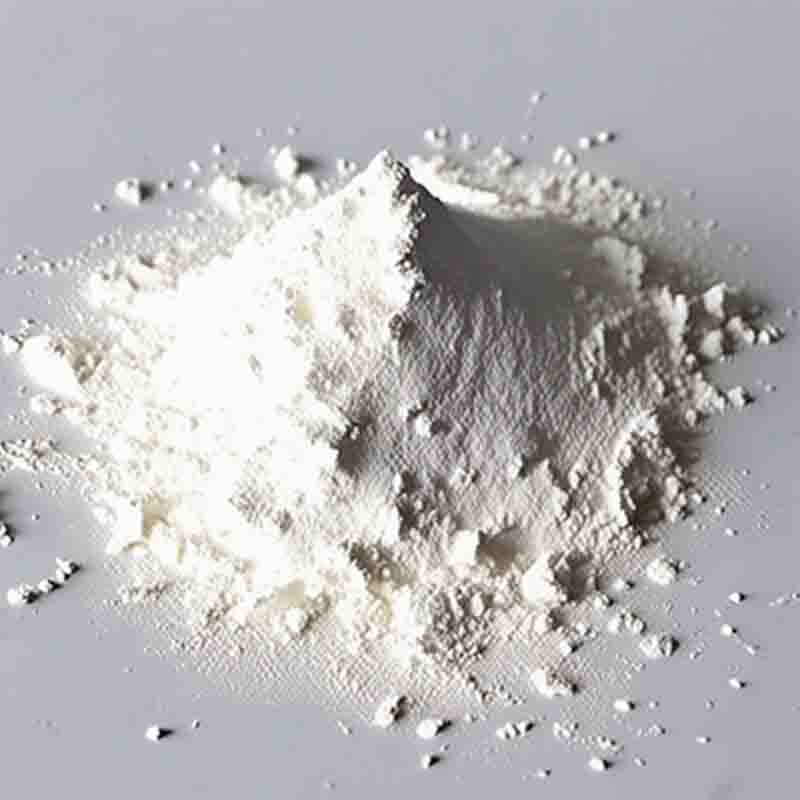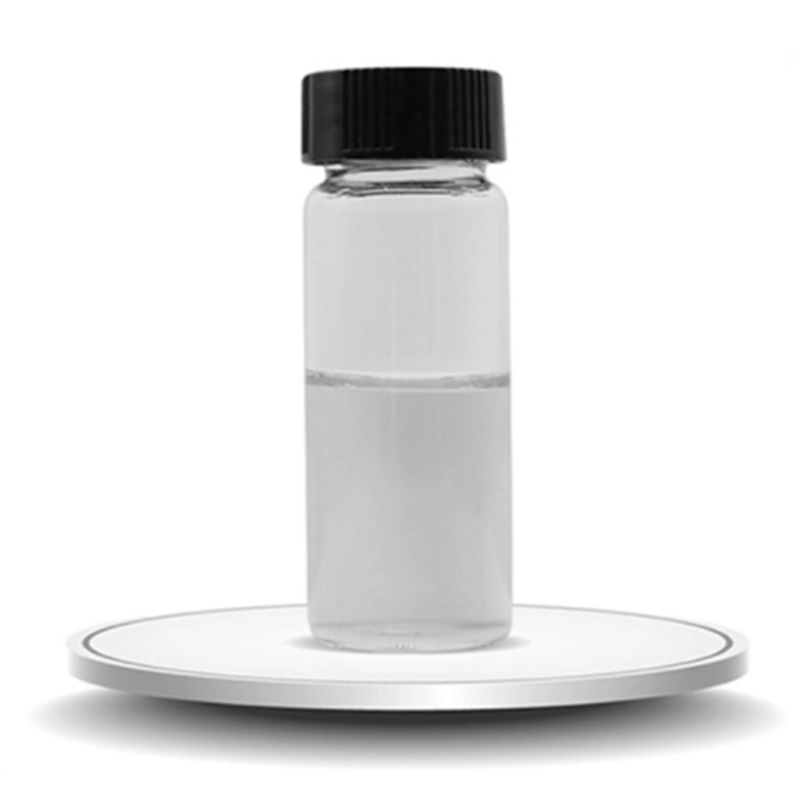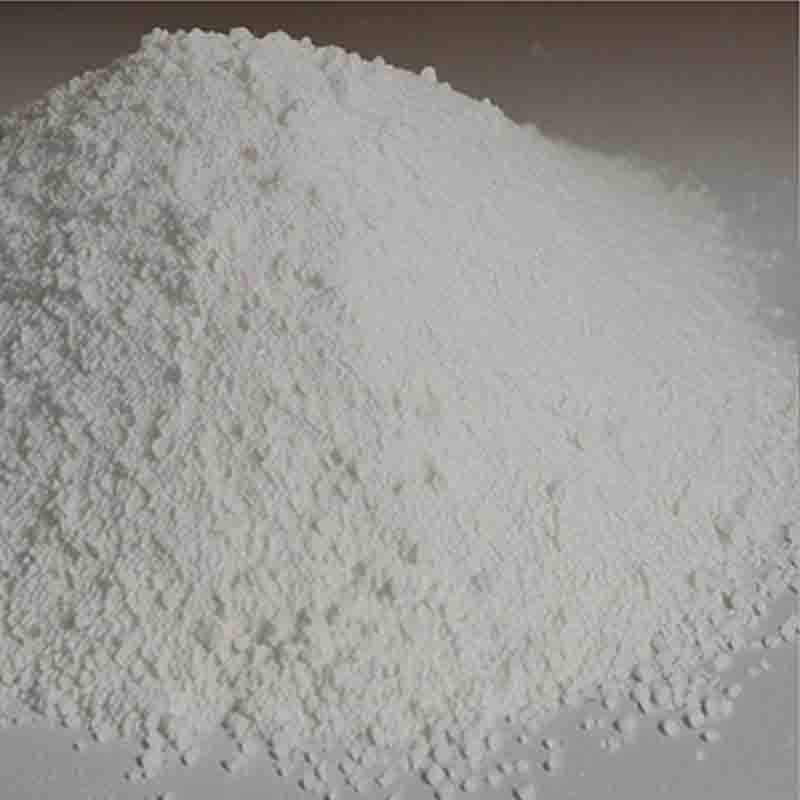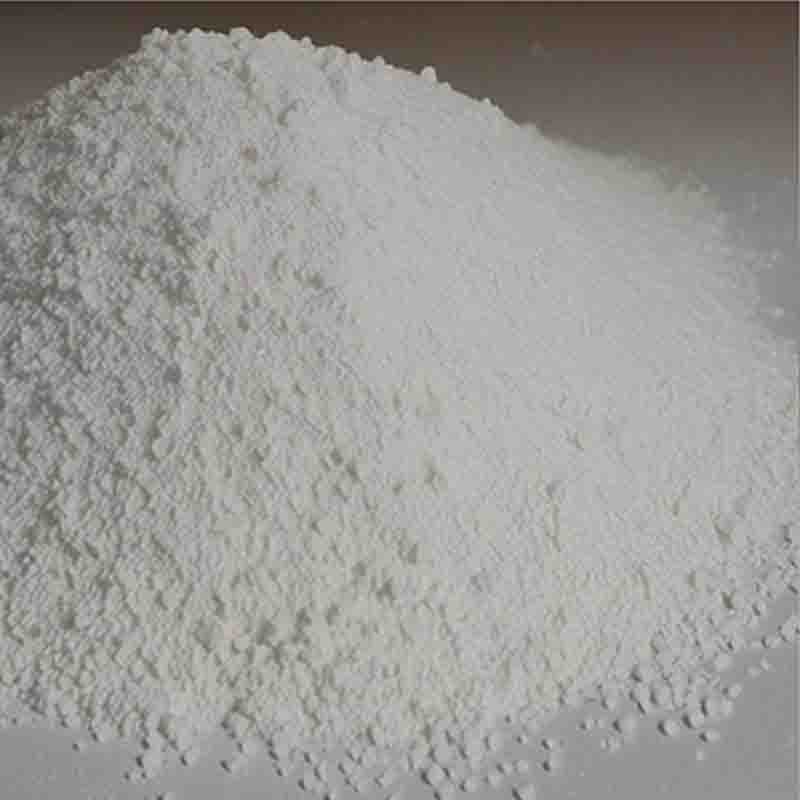Octamethylcyclotetrasiloxane CAS:556-67-2
| Catalog Number | XD95849 |
| Product Name | Octamethylcyclotetrasiloxane |
| CAS | 556-67-2 |
| Molecular Formula | C8H24O4Si4 |
| Molecular Weight | 296.62 |
| Storage Details | Ambient |
Product Specification
| Appearance | White powder |
| Assay | 99% min |
Octamethylcyclotetrasiloxane (OMCTS) is a chemical compound with diverse applications and effects. Here are some important effects and implications of OMCTS:Lubricant and antifoaming agent: OMCTS is commonly used as a lubricant in various industries, including automotive, aerospace, and manufacturing. Its low surface tension and high thermal stability make it an effective lubricating material. It is also used as an antifoaming agent in industrial processes where foam formation can hinder efficiency and performance.Silicone resin precursor: OMCTS is a crucial precursor in the production of silicone resins. Through a reaction with a catalyst and heat, OMCTS is converted into silicone resins, which find applications in the manufacturing of coatings, adhesives, electronics, and optical materials. Silicone resins offer excellent thermal stability, temperature resistance, and weathering properties.Surface treatment and release agent: OMCTS is utilized as a surface treatment agent to enhance the release properties of various materials. It can be applied to molds, metal surfaces, and other substrates to facilitate the release of finished products. OMCTS forms a thin layer on the surface, reducing friction and preventing adhesion, making it valuable in the production of rubber, plastics, and composites.Rinse additive: OMCTS is used as a rinse additive in household and industrial detergents and cleaners. It helps in reducing water spots and improving the surface finish when used in combination with other surfactants. OMCTS aids in the efficient removal of residual dirt and stains while leaving a clean and shiny surface.Implication as a volatile organic compound (VOC): OMCTS is considered a VOC due to its potential to contribute to air pollution. It is important to control and monitor its emissions, especially in industrial settings, to minimize its effects on air quality and human health. Regulatory bodies have placed limits on the usage and emissions of VOCs like OMCTS to ensure environmental sustainability.Safety considerations: While OMCTS is generally considered safe for its intended applications, it is essential to follow recommended safety practices during handling and storage. Proper ventilation, personal protective equipment, and adherence to guidelines on safe usage should be followed to minimize potential risks.In conclusion, Octamethylcyclotetrasiloxane (OMCTS) has various effects and implications in different industries. Its applications as a lubricant, antifoaming agent, silicone resin precursor, surface treatment agent, and rinse additive make it valuable in diverse manufacturing processes. However, it is crucial to address the potential environmental impact of OMCTS as a VOC and take appropriate measures to ensure the safe and responsible use of this chemical compound.









